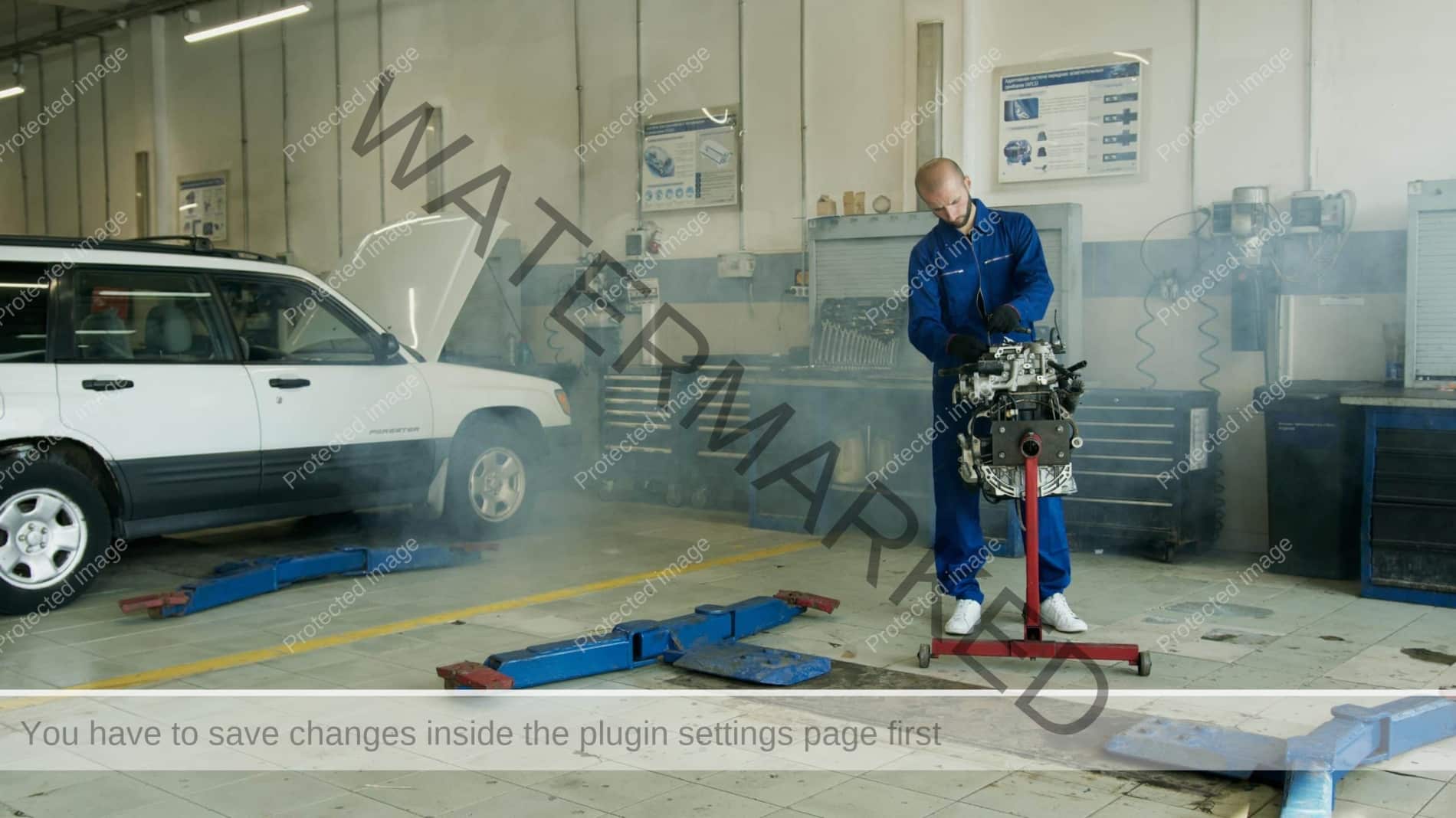Back-to-school is a hectic time for both parents and students. While you’re preparing your schedule and gathering school supplies, make sure that your vehicle is prepared for the new academic year. Prepared vehicles can give you peace of mind and save time. They also contribute to everyone’s safety. Follow these five steps to prepare your car for back-to school season.
Regular Maintenance Checks
- Tire pressure and checking tires: Check your tires to see if they show signs of wear. Check that they are properly inflated and have enough tread depth. Properly inflated tire improves fuel efficiency, and provides better traction.
- Brake fluid and brake inspection: Important for safety. To ensure that your brakes are working optimally, have them inspected by professionals. Check the brake fluid and add more if needed.
- Regular oil changes improve engine performance and extend engine life. Consult your vehicle’s owner’s manual to find out the recommended intervals for oil changes. Replace the oil filter at the same time.
- How to check and replace windshield wipers: A clear view is essential for safe driving. Check your wipers to see if they show signs of wear or damage. Replace them if they make strange noises or leave streaks.
- Checking your lights and indicators: Make sure that all of your lights are working properly, including the headlights and taillights. Replace all burned-out bulbs for optimal visibility.
Vehicle Checklists to Ensure a Smooth School year
Monthly Maintenance Checklist
Follow these monthly maintenance tips to ensure that your vehicle is running smoothly during the school year:
- Check Engine Fluid:
- Make sure the oil level in your car is sufficient.
- Look for leaks near the engine.
- Check tire pressure and tread:
- Check that the tire pressure is set at the recommended level.
- Tire tread wear can be detected by checking the tread.
- Examine Brakes:
- Listen for unusual sounds when braking.
- Check brake pads to ensure they are not worn out.
- Test lights and Signals:
- Check the brake lights, headlights and reverse lights.
- Replace all burned out bulbs as soon as possible.
- Check Windshield wipers and fluid:
- Check wiper blades to see if they are cracked or damaged.
- If necessary, refill windshield washer fluid.
- Check Battery and Connectors:
- Check for corrosion on the battery terminals.
- Make sure that the connections are secure and tight.
- Examine Belts and Hoses:
- Look for signs of wear or cracks.
- Replace the item if you find any problems.
- Top Off Fluids:
- Check the levels of transmission fluid, brake liquid, coolant and power steering fluid.
- Refill as necessary
- Interior and Exterior Cleaning:
- Clean the dashboard, windows and interior with a vacuum cleaner.
- Remove dirt and grime from the exterior.
Checklists for the Season
Fall Checklist
- Check heater and defroster:
- Check that the heater and defroster work properly.
- Inspect Tires:
- If necessary, consider switching to winter or all-season tires.
- Check Wiper Blades:
- Replace worn-out wiper blades.
Winter Checklist
- Test Batteries:
- Check that the battery can withstand cold temperatures and is in good working condition.
- Check antifreeze:
- Make sure the antifreeze concentration and level is correct.
- Inspect Tires:
- Make sure your tires are properly treaded for snowy and icy conditions.
- Pack: Emergency Kit:
- Include blankets and gloves. Also, include a flashlight, an ice scraper and emergency flares.
Spring checklist
- Check Air Conditioning System:
- Make sure the air conditioner is in good working order before the summer.
- Check for Winter Damage:
- Check for rust, cracks or other damage that may have been caused by ice or salt.
- Rotate Tires:
- Rotate your tires to extend their life and ensure they wear evenly.
Summer Checklist
- Test cooling system:
- To prevent overheating, make sure the radiator and cooling systems are working properly.
- Check Tire Pressure:
- Temperature changes can affect tire pressure. Make sure they are properly inflated.
- Inspect Brakes:
- Check brakes for wear after winter.
- Pack Summer Essentials:
- Include sunscreen, water and a first aid kit in your car.
Follow these checklists to ensure that your vehicle is safe and reliable throughout the entire school year.
Cleaning and organizing the vehicle
It is possible to make your daily school commute more pleasant and less stressful by keeping the vehicle clean and well-organized. Follow these steps:
- Vacuuming the interior: Begin by vacuuming thoroughly your vehicle’s inside to remove dirt, debris, and dust. Use the appropriate cleaning products to clean the dashboard, seats, and carpets.
- Remove unnecessary items: Over time, cars accumulate a variety of items that are not necessary for everyday commuting. To increase comfort and free up space, remove any clutter.
- Organising school essentials: Dedicate an area of your vehicle to school essentials. You can include sports equipment, musical instruments, books and backpacks. This will help you save time if you are rushing to pick up or drop off your child.
Safety Measures
It is important to ensure the safety of all passengers. Prepare your vehicle to ensure a safe return-to-school period:
- How to install child car seats: If you have children under the age of five, ensure that their car seats are installed correctly and securely. Consult the instructions of the manufacturer or a professional for proper installation.
- Seat belts: Checking their function: Make sure that all the seat belts on your vehicle are in good working order and in good condition. Replace any damaged or frayed belts immediately.
- Checking the spare and jack: A working spare tire is essential when you have a flat. Check the pressure of the spare tire and make sure the jack works.
- Testing of the battery and electrical system: A reliable battery is essential for smooth operation. Consider having your battery tested or replaced if it is older than a few years or shows signs of weakness.
- Ensure proper visibility by cleaning windows and mirrors: Clean all mirrors and windows thoroughly to ensure optimal visibility. Remove any streaks or smudges from your windows with a glass cleaner.
Emergency Preparedness
It’s important to be prepared in case of an emergency on the road. To be prepared for emergencies, follow these steps:
- Assembling a vehicle emergency kit: Create an emergency kit that is well-stocked. Include items like a first-aid kit, flashlights, blankets, water, snacks that aren’t perishable, and contact information for emergency services.
- Include essentials such as first aid supplies and contact information: In the event of an accident or emergency medical situation, having a first aid kit on hand and knowing emergency contact numbers can be a lifesaver.
- Packing essential tools and equipment: Keep a basic toolkit with you in your car for minor repairs. Also, make sure to carry the essentials like a tire gauge and jumper cable.
- Be informed about roadside services: Familiarize you with the available services. Keep their contact details in your phone, or in the glove box.
Fuel Efficiency Tips
- Properly inflated tires can reduce fuel efficiency: Check the tire pressure regularly and keep it at the recommended levels.
- Avoid aggressive driving habits: Aggressive driving can reduce fuel efficiency. To reduce fuel consumption, use smooth and steady driving.
- Maintaining the engine and fuel system: Follow the manufacturer’s recommended schedule for maintenance. Regular maintenance helps to optimize fuel efficiency, and can prevent potential problems.
- Carpooling and planning efficient routes: You can carpool with other parents from your neighborhood in order to reduce the number vehicles on the roads. Plan your routes in order to reduce traffic congestion, save fuel and time.
SNAP Financing simplifies the process
Budgets can be strained by unexpected car maintenance or repairs. Our partnership with SNAP Financing simplifies the process. SNAP Finance allows you to take care of any necessary repairs and maintenance without worrying about upfront costs. With their flexible payment plans, and fast approval process, getting your vehicle in tip-top shape for back-to school season is convenient.
If you need to replace worn out tires or perform routine maintenance on your vehicle, SNAP Finance can help. It will ensure that it is reliable and ready for your busy schedule. SNAP Finance is a great way to get your car in shape for the new school year without having to worry about money.
What benefits does SNAP financing bring to our auto repair customers?
- Easy financing for auto repairs and maintenance.
- Flexible payment plans that fit your budget and financial circumstances.
- Easy and quick application process. Fast approval.
- There are no or low-interest finance options available.
- Ability to perform necessary repairs and maintenance quickly without upfront costs.
In Summary:
It is important to prepare your vehicle before the school year begins. This will ensure safety, convenience and efficiency. Follow these five steps to prepare for the academic year: routine maintenance, cleaning and organizing your vehicle, safety measures, emergency preparedness, and fuel efficiency tips. Stay proactive and start early to ensure a smooth return to school experience.
Wheels on the South, in Cheyenne, WY, is your auto repair partner. We’ll help prepare your car for the back-to-school season. Schedule an appointment to see why we are so popular with Ballard and beyond!
Wheels on the South is hiring an experienced automotive mechanic! We are a specialist in all types of vehicles, including hybrids, and have a strong commitment to community and customer service. Apply to Wheels on the South if you are looking for the next step in your career as an automotive technician.




3 thoughts on “How to Prepare your vehicle for Back To School season”
Can you be more specific about the content of your article? After reading it, I still have some doubts. Hope you can help me.
I don’t think the title of your article matches the content lol. Just kidding, mainly because I had some doubts after reading the article.
Thank you for your sharing. I am worried that I lack creative ideas. It is your article that makes me full of hope. Thank you. But, I have a question, can you help me?